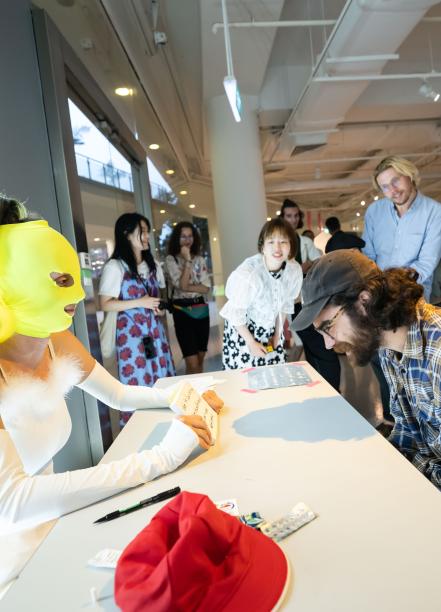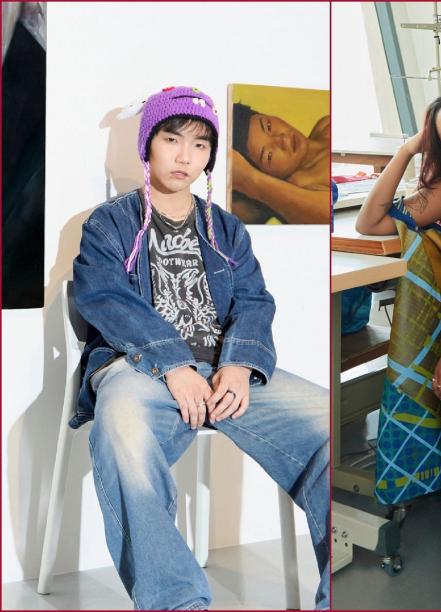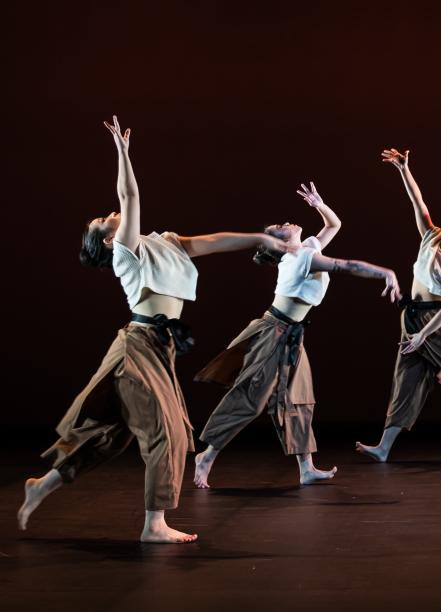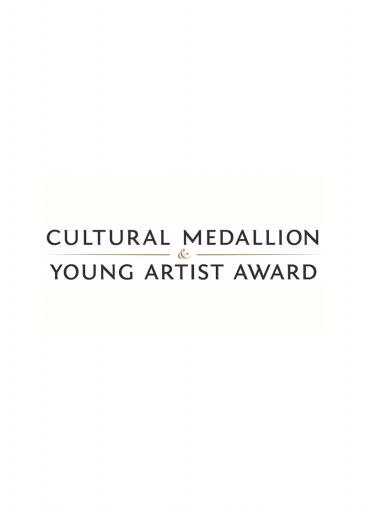An impressive flurry of firsts were celebrated this afternoon at LASALLE College of the Arts’ landmark 30th Convocation, from the graduation of LASALLE’s first batch of students in MA Arts Pedagogy and Practice to its first Dare to Dream scholarship recipient, awarded to promising young artists with special needs. Mr Ong Ye Kung, Acting Minister for Education (Higher Education and Skills), graced the event as Guest of Honour.
Old is gold: nestled amongst the new skyscrapers mushrooming in our skyline, our familiar and beloved shophouses have now taken on an iconic status, reminding us of our heritage and providing a glimpse of life in pre-independent Singapore. Epigram Books’ latest addition to its colouring books series celebrates these nostalgic terrace houses with 20 illustrated images of Singapore’s favourite shophouses from Ann Siang Hill to Joo Chiat Road. Printed on high quality paper, the pages of this book can be individually removed and framed.





